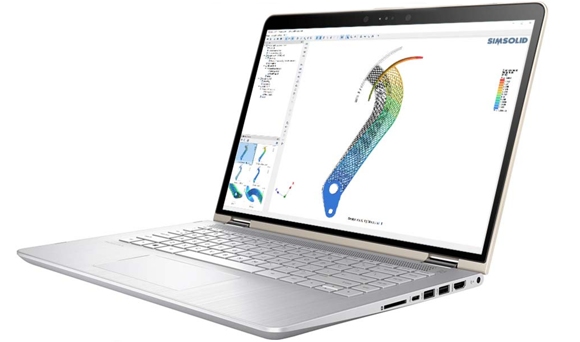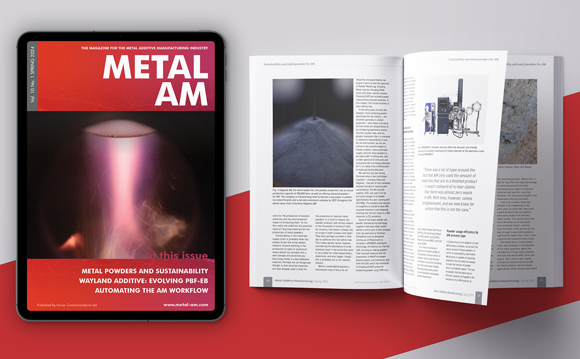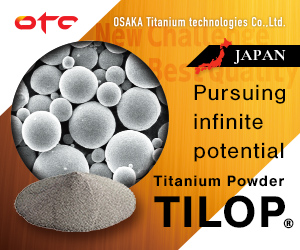Altair acquires simulation software company SIMSOLID
October 19, 2018

SIMSOLID can be used to simulate complex additively manufactured lattice structures (Courtesy SIMSOLID Corporation)
Altair, Troy, Michigan, has announced its acquisition of structural analysis software company SIMSOLID Corporation. SIMSOLID works on full-fidelity CAD assemblies to provide fast, accurate, and robust structural simulation without requiring geometry simplification, clean-up or meshing, using underlying technology based largely on the work of company co-founder Dr Victor Apanovitch, a former professor at Belarus Polytechnic University.
The SIMSOLID computational engine is said to use novel and unpublished mathematics based on extensions to the theory of external approximations. SIMSOLID controls solution accuracy using multi-pass adaptive analysis, making it fast and memory efficient. The software is reportedly capable of solving large and complex assemblies rapidly, even on laptop computers.
SIMSOLID’s ability to quickly solve large assemblies and complex lattice-based parts without meshing or geometry simplification could offer significant time savings when designing parts for Additive Manufacturing. Because complex lattice structures can be analysed very quickly, Altair states, users can focus on engineering decisions rather than on model preparation.
Speaking on the acquisition, James Scapa, Altair’s Founder, Chairman, and CEO, stated, “We believe SIMSOLID is a revolutionary technological breakthrough which will have a profound impact for product design. It’s incredibly fast, accurate and robust and we believe a game changer for our industry.”
Dr Uwe Schramm, Altair’s Chief Technical Officer, explained, “We are very serious about solution accuracy. Others have tried to accelerate the interface between CAD and simulation by degrading the mathematical robustness. It is our feeling that by rapidly moving forward with the methods in SIMSOLID and expanding them across applications we can have a real effect on how design gets done while maintaining our high standards for computational excellence.”
















